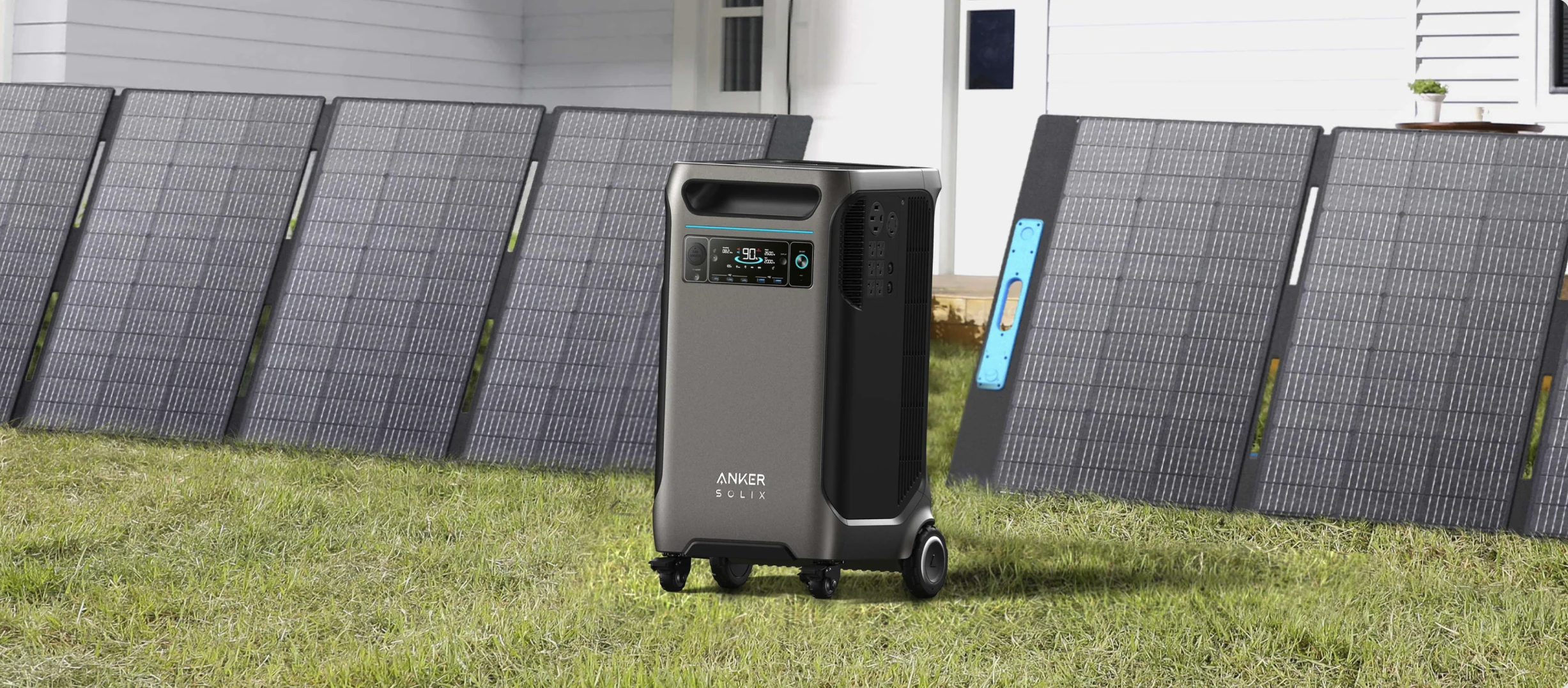
Each week Josef Schachter gives you his insights into global events, price forecasts and the fundamentals of the energy sector. Josef offers a twice monthly Black Gold newsletter covering the general energy market and 37 energy (rising to 39 in July), energy service and pipeline & infrastructure companies with regular updates. We also hold quarterly webinars and provide Action BUY and SELL Alerts for paid subscribers. Learn more.
Global Economic, Political & Military Update:
While the US took a ‘pause’ or a ‘skip’ on interest rates last week, other parts of the world continue to raise interest rates to rein in inflation. Today the Bank of England raised rates by 50 BP and it is expected that in July, Canada and the US will raise rates by 25 BP. There is some good news on the US CPI and PPI fronts as these are slowing, and with the drop off of the high June 2022 data from the next data run, the numbers should come down. Offsetting this is low productivity, a tight labour market and high wage increases. The Fed is concerned about long term inflation because of large wage increases. Recently, the west coast dock workers and the UPS employees got large contract increases.
The Ukrainian counter-offensive has stalled even more over the last week. After only recapturing a few small towns the heavily mined Russian defensive lines are holding. Both sides are expending large amounts of munitions and the winner likely will be the one with the best logistics and supply trains. Ukraine advanced on four fronts to the south and southeast and has gained less than five kilometers of ground according to ongoing reports. Use of much of the new weaponry provided by NATO has helped with this advance but the Russians have destroyed some of the German Leopard tanks and US Bradley fighting vehicles in the recent skirmishes. If this offensive drags on with no large gains for Ukraine on the ground it is likely that NATO will push for a diplomatic solution as they have limited munitions left to aid Ukraine. The US has asked its Asian allies for munitions to backstop US depleted stores. Japan, South Korea and Australia are being tapped. A recent announcement from Australia indicated that the munitions needed by Ukraine are now fully gone from their supplies. Ukraine has fired weaponry at Crimean held facilities and has damaged bridges and military supply depots. This could end badly as Russia could escalate the war with more attacks on western Ukraine. It recently moved tactical nuclear weapons into Belarus which gives Russia the ability to attack northern Ukraine. What is of concern is that Russia could freeze shipping in the Black Sea and this would end Ukraine exporting grain and other important commodities and this would push the prices of these items upward adding to world inflation and food shortages. A blockade of Ukraine’s ports would likely lead to more sanctions against Russia but would lift crude prices upward quickly.
China continues to show the US that it can play offense as well as the US can. China has agreed to build a major military base in Cuba (in addition to the expansion of the major spy base) to base Chinese military personnel and train Cubans. The US is very concerned about this and relations between the two countries are very low despite the recent trip to China by the US Secretary of State Blinken. China’s view is that the US has stationed military personnel in Taiwan, Australia, Guam, South Korea and Japan and that this super power projection of military power should be met by the number two super power (China) to counter US moves. We hope this tension does not escalate but with Taiwan a key objective of Chinese President Xi, any mistake could turn tragic and deadly. If there is a mistake, energy prices could spike as the area around SE Asia is a major transportation route for energy consumers in the region.
We are bullish on the energy sector as we see a new energy super cycle lasting into the end of this decade as we move to add more renewable energy which will require inputs around the world to bring on more key minerals (lithium, cobalt, copper etc.) needed for this evolution. To bring on new production of these items more crude oil and natural gas will be consumed in the countries adding these important inputs to clean-tech. Overall world crude demand could rise from 101 Mb/d this year to 106-108 Mb/d by the end of this decade. OECD countries should see a decline from 46 Mb/d to 42 Mb/d or less but the non-OECD should rise from 55.0 Mb/d currently to over 65 Mb/d. This year alone demand will grow in the non-OECD by 1.5 Mb/d (according to the EIA).
Near term we are concerned that some sluggish economic data (China particularly) and upcoming Q2/23 corporate results (if disappointing in the numbers or guidance) could put downward pressure on stock markets. We suspect a general stock market correction will unfold which will take the Dow down >10% to below 30,000 (now 33,910). A close below 32,600 for the Dow should start the downside pressure for all the indices. This decline could extend into the summer months. One interesting supportive contrarian indicator is that the CNN Fear & Greed Indicator is today at an Extreme Greed level of 79.
Get ready to be buyers on this dip/correction. We are waiting for the next overall stock market to get oversold again to add to our energy investments. Many energy stocks are down over 50% from their 2022 highs. If you want to see what our subscribers are looking at, sign up now for access to the Schachter Energy Research reports at https://bit.ly/2FRrp6k. We expect to add additional ideas during this next decline phase especially if the S&P Energy Bullish Percent Index falls below 5% and triggers a Table Pounding BUY signal.
Bullish pressure for crude prices continues with the June production cutbacks by Saudi Arabia, UAE and Kuwait. A potential strike in Norway by offshore workers starting June 29th over wages may play a role in July pricing depending on how long the strike action lasts. Any escalation of tensions or blockade action against Taiwan by China could move crude prices significantly higher.
Bearish pressure for crude comes from the weakness in economies in the US, Europe (Germany now officially in recession) and Japan. The US alone has consumption down by 2.9% from 2022 levels according to today’s EIA Weekly Petroleum Report (see below).
EIA Weekly Oil Data: The EIA data (data cut-off June 16th) was moderately bullish for crude prices as Commercial Crude Stocks fell 3.8 Mb to 463.3 Mb. This is 45.0 Mb above last year’s 418.3 Mb.The big decline versus the forecast of a rise of 1.9 Mb/d was due to Net Imports falling 1.49 Mb/d or 10.5 Mb on the week. The SPR saw a release of 1.7 Mb of crude last week. Motor Gasoline inventories rose 0.5 Mb while Distillate Fuels saw a rise of 0.4 Mb. Refinery Utilization fell 0.6% to 93.1%. Total Stocks (excluding the SPR) grew by 1.3 Mb on the week.
US crude production fell 200 Kb/d to 12.2 Mb/d last week as drilling and completion activity has declined. Cushing inventories fell 100 Kb to 42.0 Mb. Motor Gasoline consumption rose 182 Kb/d to 9.38 Mb/d while Jet Fuel saw a rise in demand of 291 Kb/d to 1.83 Mb/d as the US entered the summer holiday driving season. Total Demand grew 517Kb/d to 20.9 Mb/d.
Demand destruction is real in the US. The numbers gyrate weekly but the important point is that demand is down from last year. On a cumulative daily average for 2023 versus 2022, demand is down 2.9% (19.86 Mb/d versus 20.46 Mb/d). What is positive is that the comparison is tightening as demand begins to recover as we enter the active summer driving season.
EIA Weekly Natural Gas Data: The EIA data released today showed a build of 95 Bcf for the week ending June 16th. Storage is now at 2.73 Tcf. The biggest increase was in the Midwest (up 26 Bcf). This compares to the five-year injection rate of 82 Bcf and the 2022 injection of 74 Bcf. US Storage is now 26.5% above last year’s level of 2.16 Tcf and 15.3% above the five year average of 2.37 Tcf. NYMEX is at US$2.58/mcf as summer demand for electricity for air-conditioning picks up. There are now warnings that during the early evening there will not be sufficient electricity generating capacity and restrictions are expected especially in places like Texas facing record high temperatures. Rising temperatures and low water supplies may severely impact grain harvests this year and add to inflation concerns.
Our forecast is for NYMEX to rise to US$3.50/mcf this fall as hurricane season commences and to rise over US$4.50/mcf during winter 2023-2024. Europe may see rising natural gas prices as the Netherlands is set to close Europe’s largest gas field (Groningen) in October. This will tighten up supplies for winter 2023-2024 and if winter is cold, lift prices materially. We recommend buying the very depressed natural gas stocks during periods of general market weakness. We intend to add additional natural gas names to our Action BUY list when we get the next low risk energy BUY signal.
Baker Hughes Rig Data: In the data for the week ending June 16th the US rig count was down eight rigs to 687 rigs (down one rig in the prior week). Rig activity is now 7% below the level of 740 in 2022 as low commodity prices slow down spending. If this lower activity persists over the next few months then production will fall off for both commodities and this will set the stage for the next upward cycle for crude and natural gas pricing. Of the total rigs working last week, 552 were drilling for oil and is below last year’s level of 584 rigs working. The natural gas rig count is down 16% from last year’s 154 rigs, now at 130 rigs. The natural gas focused Haynesville now has 51 rigs working down from 69 rigs working last year or down by 26%.
In Canada, there was a 23 rig increase last week (up 39 last week) to 159 rigs as activity picked up. Canadian activity is now up 2% from 156 rigs last year. Activity for oil is now at 103 rigs (up 18 on the week) compared to 104 last year. Activity for natural gas was up five rigs to 56 rigs from 52 rigs focused on natural gas last year. The focus on drilling has been on the liquids rich condensate Montney and Duvernay plays. In the coming weeks we expect the rig count in Canada to recover to over 200 rigs as we enter the peak summer drilling season.
CONCLUSION:
We see the March crude price decline to US$64/b as being the low for 2023. However, we may test those lows over the coming weeks. Our optimism on the sector is due to our view that in Q4/23 we see WTI breaching US$90/b and in 2024 US$100/b as demand rises and exceeds supplies.
WTI is priced today at US$69.96/b up >US$1/b from last week’s US$68.68/b. In the coming weeks we see crude trading towards the bottom of the expected trading range of US$65-74/b. As we near the lower end of this band take advantage of the bargains in energy stock prices. More BUY ideas will be added to our Action BUY List when we get the next low risk BUY window. Down market days during that time are the best days to build your positions for the lengthy energy super cycle we see lasting into the end of the decade.
Energy Stock Market: The S&P/TSX Energy Index today is at 217 (down 6 points from last week and down from 232 earlier this month). As the general market decline unfolds and the Dow Jones Industrials breaches 30,000, we expect the S&P/TSX Energy Index to fall below 200. This would trigger another key BUY signal for us. Get your BUY List ready!
New BUY ideas will be issued as energy stocks fall into our BUY ranges. Decide what you want your energy weighting to be for this long energy super cycle. Our Coverage List includes ideas from the Pipeline & Infrastructure area, Canadian oil and natural gas ideas, energy service ideas and companies working internationally. Our list includes large Conservative ideas and small to large caps in our Growth and Entrepreneurial categories. Add to your current ideas or add new ideas when we send out the next low risk entry point recommendations. Review the coverage of all our companies and their Q1/23 results in our recent research reports. We expect that WTI should lift into the US$80s during Q3/23 and for crude to trade in Q4/23 above US$90/b as demand recovers and demand exceeds supplies. That should give the energy sector large capital appreciation potential.
Our next SER Report comes out Thursday June 29th and features our view of why WTI will reach over US$80/b during Q3/23 and over US$90/b during Q4/23 as demand begins once again to exceed supplies.
We are completing work on two new ideas for our Coverage List and these international E&P companies will be introduced in our July 13th Interim SER Report. This will take our team research coverage to 39 companies.
If you are interested in access to the review of all 37 currently covered companies and our recent write-ups on them as well as the two new ideas become a subscriber. You will also get our timely BUY Action Alerts when they are issued. Go to https://bit.ly/2FRrp6k.
Please feel free to forward our weekly ‘Eye on Energy’ to friends and colleagues. We always welcome new subscribers to our complimentary energy overview newsletter.
Share This:
Next Article




